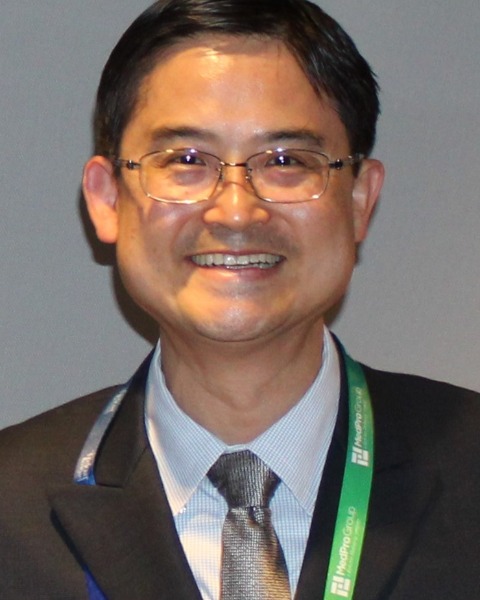Other
(TC50) Contrasting Responses to Trauma: A Case Series and Literature Review

Shimona Malik, D.M.D.
Resident
Boston University
Boston, Massachusetts, United States
Tun-Yi Hsu, D.D.S., D.M.D. (he/him/his)
Program Director, Clinical Associate Professor
Boston University
Boston, Massachusetts, United States
Presenter(s)
Co-Author(s)
Objective: This study examines diverse pulpal and peri-radicular responses in adjacent teeth subjected to similar trauma. The aim was to identify factors influencing outcomes such as pulp necrosis, pulp canal calcification, and external resorption. These insights can aid clinicians in predicting, diagnosing, and managing trauma-related complications effectively.
Methods: A case series and literature review were conducted to investigate the mechanisms behind varied pulpal and peri-radicular responses following dental trauma. Cases were analyzed for factors like impact types, root maturity, baseline and subsequent sensibility tests. Additionally, responses of surrounding tissues, including the periodontal ligament (PDL) and alveolar bone, were evaluated to provide a comprehensive view of healing patterns.
Results: Results showed that immature teeth with open apices were more likely to undergo pulp revascularization, while mature teeth often experienced calcification or pulp necrosis. Key prognostic factors included initial tooth discoloration, cold testing at follow-up intervals, and baseline pulp sensibility. Unfavorable outcomes such as external inflammatory root resorption and ankylosis were associated with more severe displacement injuries and delayed healing responses in the PDL and alveolar bone. The development of these responses highlighted the interconnectedness of pulp, PDL, and alveolar bone healing processes in trauma cases.
Conclusion: Understanding the interaction between trauma factors, tooth maturity, and baseline conditions is crucial for informed treatment planning in dental trauma. Factors like age, type of trauma, baseline cold response, and discoloration offer valuable prognostic insight, helping clinicians mitigate risks and optimize outcomes for preserving tooth vitality and structural integrity.

.png)
.png)
.png)
.png)